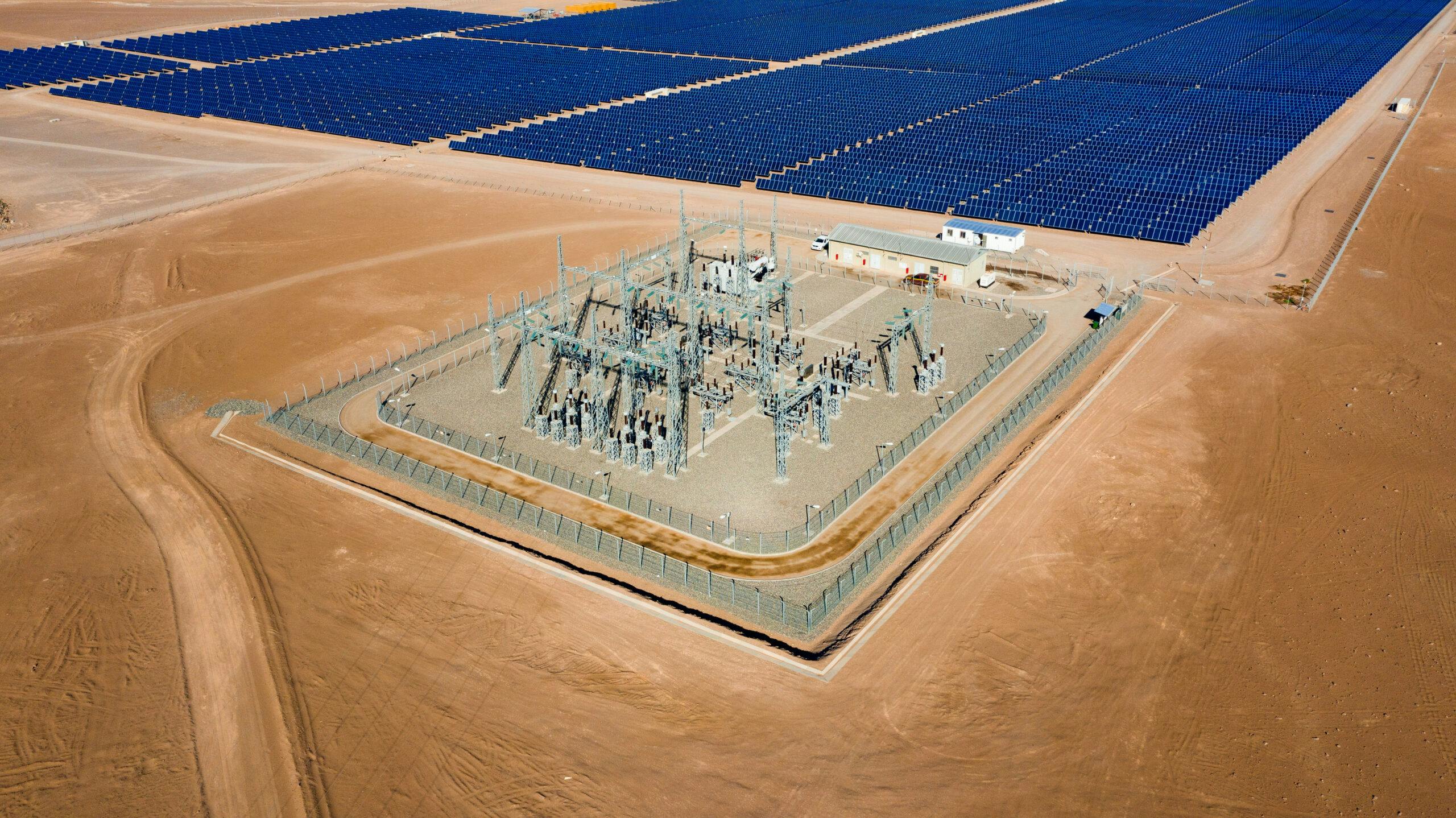Atlas Renewable Energy’s innovative approach to renewable energy

Innovation in solar energy is being put to the test inside one of the first Solar energy plants in Latin America.
The world is reaching an apex of change. We are living in a time of a global, collective shift of consciousness. The climate crisis has demanded we mitigate the effects of global warming. And in doing so, industries have learned to adapt, to embrace new technologies and new ways of thinking.
Across Latin America, the high cost of legacy energy models has inspired governments to form energy policies that support the adaptation of renewables. The growth of the renewable energy sector has gained tremendous momentum as countries strive to improve energy security. Research and development in solar energy innovations have sparked in the past decade, as it promises a sustainable transition to energy independence. So, what approach has allowed industry leaders to get ahead of the curve?
Finding the Key To Sustainable Success
At Atlas Renewable Energy, we strive to stay one step ahead in the Renewable Energy industry by anticipating the needs of our clients and evolving along with technological advances that benefit millions of people. Our innovative spirit combined with the expertise we have acquired working in the Latin American region creates the ideal environment for cutting-edge engineering innovation to come to life. In line with this core philosophy, we designed a project to gain long-term knowledge that would allow us to improve the efficiency and capability of our team. This is how our R&D lab in Chile came to life.
The Quilapilún Solar Plant was the ideal setting for the lab, not only because it was the first of its kind in the Metropolitan area of Santiago and it currently services 110,000 homes with renewable energy, but also due to the fact that it has been in stable operation for over three years. The lab needed to be versatile and capable of testing different technologies and equipment. Even before we set up the lab, we were keeping track of all the new top-notch technologies being developed around the world and established strong partnerships with the main module manufacturers. Based on this information, rigorous standards of economic viability, as well as optimal technological advancement, and application time, we choose which innovations to test.
Creating the Ideal Conditions for Research and Development
We believe in the power of innovation. We saw a distinct advantage in creating an in-house lab that would give us the fastest access to raw data. Our lab operates within the Quilapilún Solar Plant (an operational Atlas plant), giving us a competitive edge, and ensuring we have the most control over potential product risks. We are constantly measuring the energy production of different technologies in diverse conditions, and how they respond to changes in the main variables that define their performance. Our value lies in the precision of our analysis. We capture and analyze the behaviour of each configuration of our equipment—including modules, cleaning robots, and inverters. Each string has its own measurement and is always in a single MPPT, giving individualized measurements for each manufacturer in its respective configuration. This allows us to better control the risks resulting from the lack of available information regarding guarantees, certifications, and the disparity in the efficiency data of the last generation of photovoltaic modules.
Bifacial modules are a prime example of why Renewable Energy desperately needs R&D. The technology is not new, but in the past few years, technological advances and efficiency in manufacturing costs are making it a viable alternative for large-scale projects. Its main detractor is the uncertainty in performance increase relative to standard solar panels. Only a few projects in the field are implementing bifacial modules, mainly in North America and Oceania. In Latin America, we are getting ahead of the trend by testing their application at scale and generating methodical research on the subject. When new technologies such as this are adopted with success, it encourages others to follow. We hope to inspire belief in the technology, attract investors, and push it into the mainstream.
The Future of Renewable Energy in the Region
Our ultimate mission is to work for a future based on clean energy for all. We know that having more data available through research and innovation will create a sense of security and support for sustainable projects and new technologies, favoring their proliferation and penetration. This will eventually result in a widespread consumption of cheaper and greener energy. The lab has offered us a competitive advantage in the industry, but all the resulting data has also helped manufacturers understand their products’ performance by sharing specific insights with them. This has also opened a range of possibilities in regards to future collaborations with educational institutes and research centers that share our vision. At Atlas Renewable Energy, we will continue to affirm our leadership in the implementation of renewable energy projects in Latin America. Opportunities and challenges come hand in hand, and solar energy has become one of the most competitive areas in the renewables sector, so the challenge is finding a way to top ourselves every day. We remain active, searching for the best available solutions, evaluating them, and innovating to make our projects more efficient, never forgetting our core values of excellence, integrity, and passion for what we do.
Sources
- Ross, S. (2019, February 28). Bifacial adoption and uncertainty: A call to action.
Retrieved from:
pv-magazine-usa.com/2019/02/27/bifacial-adoption-and-uncertainty-a-call-to-action/ - Agrafioti, F. (2018, November 21). How to Set Up an AI R&D Lab.
Retrieved from:
hbr.org/2018/11/how-to-set-up-an-ai-rd-lab - Ross, S. (2019, September 16). Why Should You Invest in Research and Development (R&D)?
Retrieved from:
www.investopedia.com/ask/answers/043015/what-are-benefits-research-and-development-company.asp - Romano, G. (2014). The Rise of Renewables in Latin America.
Retrieved from:
www.citigroup.com/tts/solutions/trade-finance/assets/docs/The-rise-of-renewables-in-Latin-America.pdf
Share This Entry


